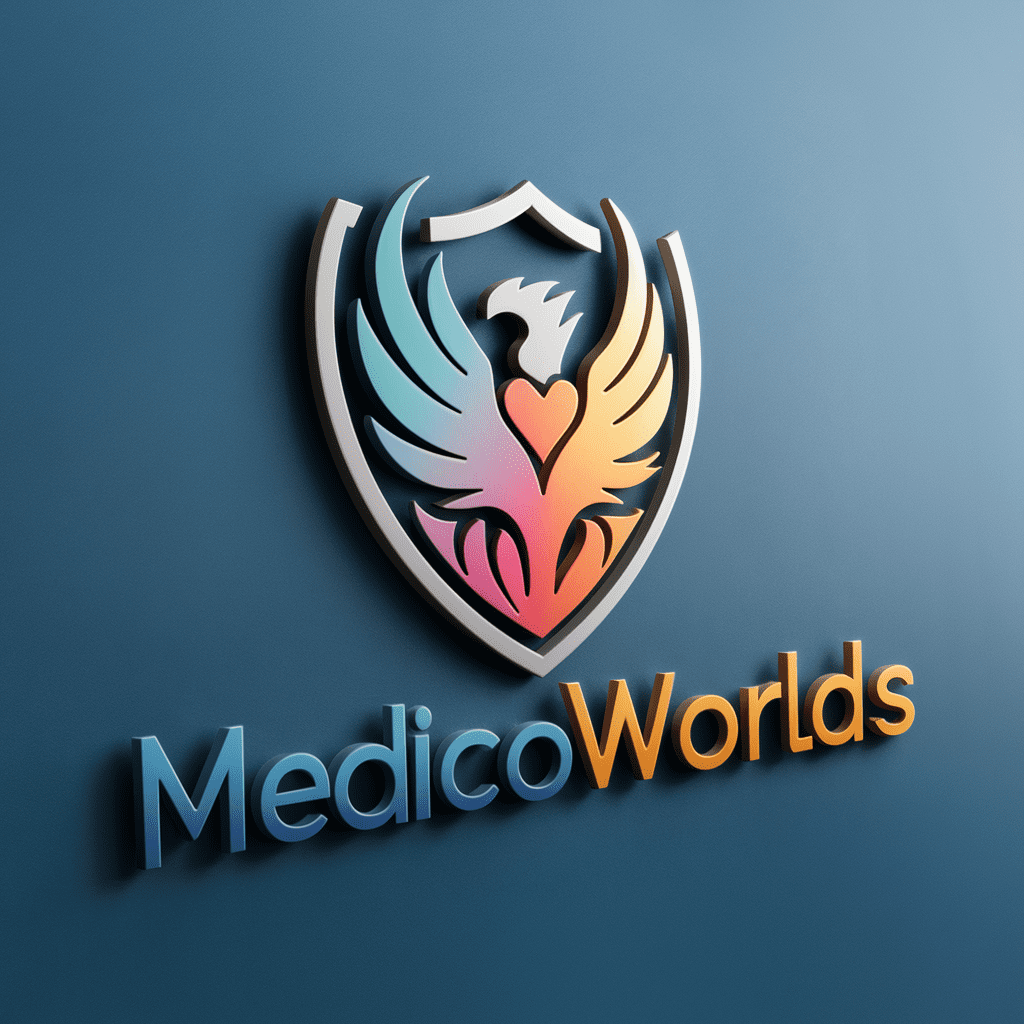Sexually transmitted infections (STIs) can progress to become sexually transmitted diseases (STDs). The choice of treatment depends on your specific diagnosis.

STIs vs. STDs
Frequently, people confuse sexually transmitted infections (STIs) with sexually transmitted diseases (STDs), but they are not the same.
An infection, characterized by the invasion of bacteria, viruses, or parasites into the body, precedes a disease. Infections may sometimes exhibit no symptoms, while diseases usually manifest clear signs.
Think of it this way: every Sexually Transmitted Diseases starts as an STI, but not all STIs develop into STDs.
Now that you understand the distinction between the two, let’s delve into the various types of STDs currently in existence, their treatments, and, most importantly, how to prevent them.
Symptoms of STDs
If an Sexually Transmitted Diseases initially presents as a symptomatic STI, you may experience the following:
- Pain or discomfort during sexual activity or urination.
- Sores, bumps, or rashes in the genital, anal, mouth, or surrounding areas.
- Unusual discharge or bleeding from the penis or vagina.
- Painful or swollen testicles.
- Itchiness in or around the genital area.
- Unexpected periods or bleeding after sexual activity.
However, it’s important to note that not all STIs exhibit symptoms.
When an STI progresses into a Sexually Transmitted Diseases, symptoms can vary. Some may resemble those listed above, such as pain during sex or urination, and irregular or painful periods. Other symptoms depend on the specific STD and may include:
- Fever.
- Recurring pain.
- Fatigue.
- Memory loss.
- Changes in vision or hearing.
- Nausea.
- Weight loss.
- Lumps or swellings.
Underlying Causes of STDs
All STDs originate from an STI. These infections are typically transmitted through sexual contact, including vaginal, oral, and anal sex, as well as via bodily fluids or skin contact.
Some STIs may never progress to a disease, especially if they are promptly treated or resolved on their own. However, if the pathogens causing the infection damage cells in the body and disrupt its functions, the STI can evolve into an STD.
Types of STDs
While there is an extensive list of STIs, there are fewer STDs. These range from pelvic inflammatory disease (PID), resulting from STIs like chlamydia and gonorrhea, to certain cancers caused by human papillomavirus (HPV).
The primary STDs to be aware of include:
Pelvic Inflammatory Disease (PID):
Common STIs like gonorrhea, chlamydia, and trichomoniasis can lead to PID if left untreated. However, bacterial infections other than STIs can also contribute to PID. While some individuals with PID may remain asymptomatic, those with symptoms may experience
- pelvic or lower abdominal pain
- pain during intercourse or urination
- irregular or painful vaginal bleeding
- unusual vaginal discharge
- nausea
- high temperature
Antibiotics can effectively treat PID, but they may not reverse any fallopian tube scarring that has occurred, potentially increasing the risk of ectopic pregnancies and infertility.
Tertiary Syphilis:
The early stages of syphilis are considered an STI. If left untreated, syphilis can progress to tertiary syphilis, which may manifest as:
- vision loss
- hearing loss
- memory issues
- mental health disorders
- infections of the brain or spinal cord
- heart disease
Early diagnosis and treatment are crucial to minimize damage.


Cancer:
Certain strains of HPV can lead to abnormal cell changes and, subsequently, various types of cancer, including oral, cervical, vulvar, penile, and anal cancer.
Symptoms vary depending on the affected area but may include lumps, bleeding, and pain.
Early detection is key, and treatment options include chemotherapy, radiotherapy, and surgery.
Screening tests can identify pre-cancerous cell changes caused by HPV.
Genital Warts:
Some lower-risk strains of HPV can cause genital warts, characterized by skin-colored or white bumps on the genitals or anus.
While treatable, they are not curable, and the virus may persist.
Genital warts can spontaneously resolve but may reoccur.
Removal methods include freezing, burning, or applying chemical creams or liquids.
AIDS:
HIV can weaken the immune system and increase the susceptibility to other infections, illnesses, and certain cancers.
Timely treatment can help individuals with HIV lead healthy lives.
However, if left untreated, HIV can progress to AIDS, resulting in severe infections,
- weight loss
- fatigue
- sores
- neurologic disorders
- cancers
There is no cure for AIDS, and life expectancy without treatment is limited.
STDs and Pregnancy
Some STIs can be transmitted to a fetus during pregnancy or to a newborn during childbirth, although not all STDs pose this risk.
Syphilis, for example, can be passed to an unborn baby, potentially leading to severe infection, miscarriage, or stillbirth. Genital warts transmission to a baby is rare.
PID can impact future pregnancies, increasing the risk of ectopic pregnancies and infertility.
Pregnant individuals should consider the following:
- Get screened for STIs, including HIV and syphilis, to detect and treat infections early.
- Consult with a healthcare professional if you have an STD, as they may need to assess the safety of medications or delay treatment if necessary.
- In some cases, a cesarean delivery may be recommended, especially if genital warts affect the vaginal delivery process.
STD Diagnosis
Diagnosing an STD solely based on symptoms can be challenging for healthcare professionals. Testing and examinations are typically required. Depending on the suspected STD, this may involve
- physical examinations
- swabs of bodily fluids
- blood tests
- specialized procedures like colposcopy or keyhole surgery
STD Treatment Options
STDs can have diverse effects on the body, and treatment options vary depending on the specific condition. Treatment may involve
- antibiotics
- other oral or topical medications
- surgery
- laser procedures
Lifestyle changes, such as abstaining from sexual activity until treatment is completed, may also be recommended.
It’s important to note that with most STDs, treatment cannot reverse any damage already inflicted by the disease. Some STDs, like genital warts and AIDS, are not curable.
Tips for STD Prevention
The most effective way to avoid an STD is to prevent STIs, and the surest way to achieve that is by abstaining from sexual contact. However, you can take steps to make sex safer and reduce the risk of contracting an STI:
- Have an open discussion about sexual history with a new partner before engaging in sexual activity.
- Get regular STI screenings, especially with new or multiple partners, and encourage your partners to do the same.
- Properly use condoms during vaginal, anal, and oral sex to reduce the risk of fluid-borne STIs. Dental dams can provide protection during oral sex.
- Consider getting vaccinated against HPV and hepatitis B.
- If at higher risk for HIV, discuss PrEP medication with a healthcare provider.
Summary
while many STDs are treatable, not all are curable, and some can have severe consequences. They all originate from an STI, emphasizing the importance of regular screening and practicing safe sex. If you test positive for an STI, seek treatment promptly.
https://en.wikipedia.org/wiki/Sexually_transmitted_infection


